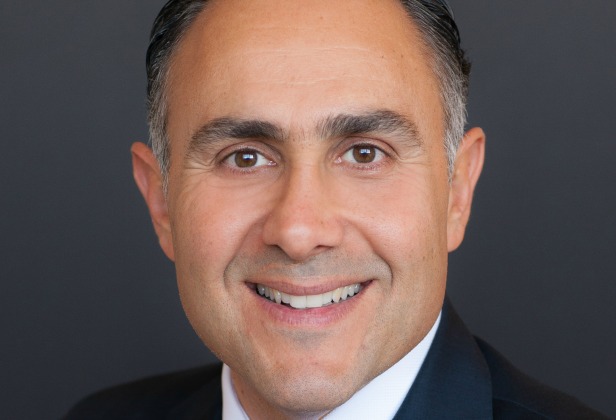Construction loans are increasing in Los Angeles. In the last several years, banking regulations have constrained construction-financing options, but in 2018, construction loan volumes increased. In fact, there were more construction deals closed in 2018 than in the last nine consecutive years. Last year, Parkview Financial secured $335 million in construction financing in the Western US. This year, the firm expects to close $500 million to $550 million in the same region.
“We have seen quite a bit of construction loan activity in Los Angeles. In fact, last year more construction loans were provided here than over the past nine consecutive years,” Paul Rahimian, CEO of Parkview Financial in Los Angeles, tells GlobeSt.com. “Although there has been a lot of chatter about a slowdown, I believe that the momentum from 2018 will continue this year as the demand for construction loans remains high.”
Housing—both for sale and for lease—has led the construction loan activity in Los Angeles. While many people are predicting a shrinking construction pipeline, Rahimian says many permits were pulled in 2018. “For-sale and for-lease multifamily and luxury single-family developments have been the most active. While cities are starting to report less and less permits being pulled for these types of projects, that is likely due to the fact that there were a high number of permits that were pulled in 2018 and the projects are still in progress which has created some lag time between finishing projects and the next wave of permits being pulled,” he explains. West Hollywood, Hollywood and Koreatown are the most active construction markets, with projects spanning from Fairfax to Downtown Los Angeles.
Even with increasing lender interest in construction deals, increasing land and construction prices are still significant challenges. “While the demand for loans is there, construction costs have been going up and as a result, developers are pushing the envelope in terms of loan dollars to the point that we can't always give them the loan they require,” says Rahimian.
In addition to financing challenges, Rahimian says the biggest obstacle is often market uncertainty and rising interest rates. “Interest rates went up a little bit last year without major ramifications, however, they are anticipated to be on the rise this year,” he adds. “Combine that with everyone speculating that we may be nearing an economic downturn. Resulting from the concerns above, now more than ever before banks are being more cautious about projects they choose to finance and they are pulling back on the loans they may have once been quick to fund. They don't want to take back assets like they did 10 years ago.”
Parkview is sourcing loan referrals from banks that are unable to accommodate developer's needs. But, there are still financing options for the right deal. “Ultimately, if we believe in the underlying asset and are comfortable with the borrower, we will proceed even with potential changes in the market,” says Rahimian.
© Touchpoint Markets, All Rights Reserved. Request academic re-use from www.copyright.com. All other uses, submit a request to [email protected]. For more inforrmation visit Asset & Logo Licensing.







